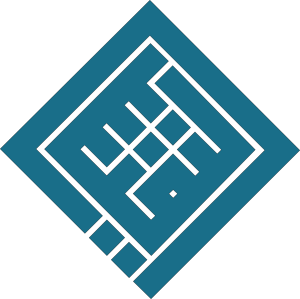Characteristics of a Computer
A computer is defined by several key components that determine its power and performance:

1. Processor (CPU – Central Processing Unit)
-
Known as the brain of the computer.
-
Executes instructions from programs.
-
The faster and more powerful it is, the better the performance.
2. RAM (Random Access Memory)
-
Used to handle current tasks.
-
More RAM means better multitasking.
-
Low RAM can cause slowdowns when many apps are open.
3. Hard Drive or SSD
-
Used for data storage (files, programs, system…).
-
SSDs (Solid State Drives) are much faster than traditional hard drives (HDDs).
4. Motherboard
-
The central platform that connects all components (CPU, RAM, storage, etc.).
5. Graphics Card (GPU – Graphics Processing Unit)
-
Manages the display on the screen.
-
Important for gaming, 3D modeling, and graphic design software.
6. Peripherals
-
Include the keyboard, mouse, monitor, printer, etc.
-
These are tools that allow interaction with the computer.
🔍 Note:
The power of a computer depends on a balanced combination of all these elements. A powerful CPU with slow storage or little RAM won’t perform well.
